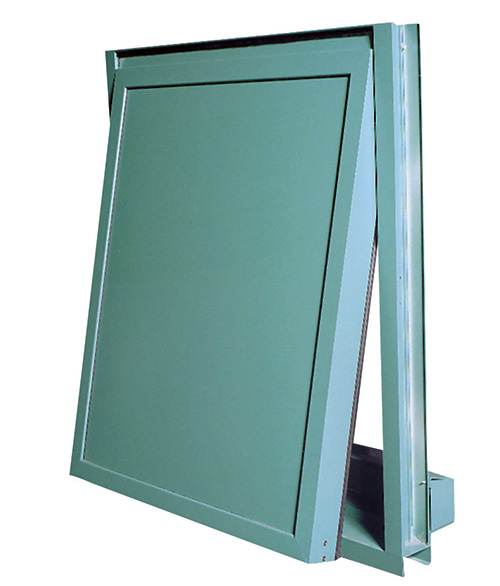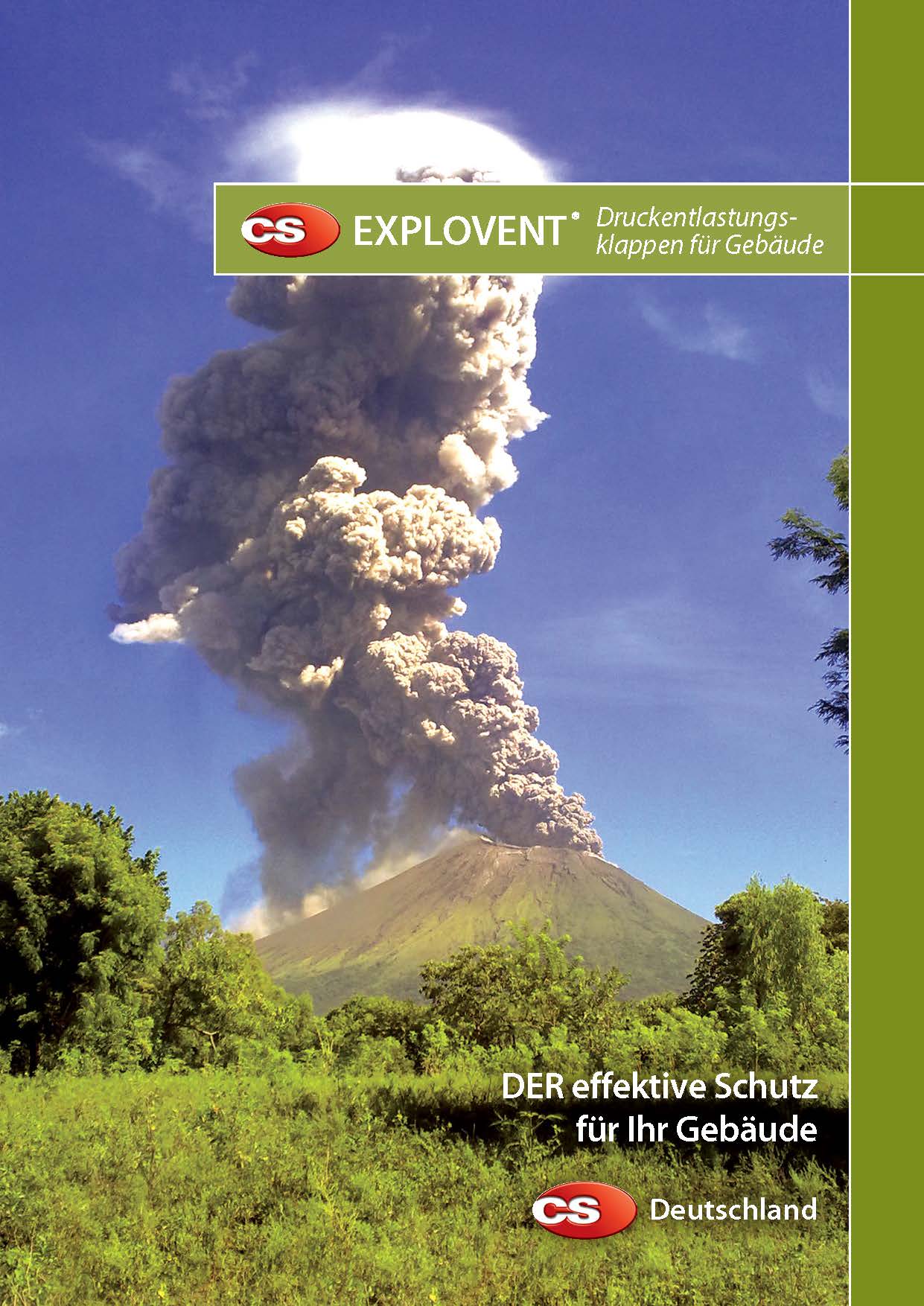Am 1. August 2017 stürzte auf einer Farm in Süd-Indiana (USA) ein Getreidespeicher ein, wodurch eine große Staubexplosion verursacht wurde. Glücklicherweise wurde niemand verletzt, dieser Unfall verdeutlicht jedoch die Risiken von Staubexplosionen und wie schnell es dazu kommen kann.
Wie ist das also passiert? Nun, der Mais selbst ist nicht explodiert, wohl aber die riesige Getreidestaubwolke, die durch den einstürzenden Speicher entstand. Dies wird als Staubexplosion bezeichnet und ist eine ernste Gefahr in landwirtschaftlichen Betrieben sowie in Bereichen wie Pharmaproduktion, Recycling-Zentren, Energieerzeugung, Holzverarbeitungsbetrieben und vielen weiteren ähnlichen Branchen.
In diesem Fall wurden beim Einsturz des Getreidespeichers 3 Stromkästen abgerissen. Im Getreidespeicher wurde eine konzentrierte Menge Sauerstoff eingeschlossen, die in Verbindung mit dem Funken aus den Stromkästen und den Staubpartikeln eine schnelle Verbrennung und einen daraus resultierenden Feuerball verursachte, der im Video unten zu sehen ist.
Da diese Explosion im Freien stattfand, war die Schwere der Explosion geringer. Hätte sie sich jedoch in einem geschlossenen Gebäude ereignet, hätten die Auswirkungen katastrophal sein können, was zu schweren Schäden am Gebäude und einer erheblichen Menge an herumfliegenden Trümmern geführt hätte. Schauen Sie sich nur einmal das folgende Foto der Imperial Sugar Refinery nach einer Staubexplosion im Jahr 2010 an.
Wenn in Ihrem Betrieb explosionsfähige Atmosphären, Materialien oder Prozesse vorhanden sind, bietet die britische Health and Safety Executive (HSE) einen Leitfaden zur Vermeidung von Staubexplosionen. Obwohl der Artikel speziell auf die Lebensmittelindustrie abzielt, können die Empfehlungen auf die meisten Branchen angewendet werden, in denen das Risiko von Staubexplosionen besteht.
In Abschnitt 3 „Vorsichtsmaßnahmen gegen Staubexplosionen“ empfiehlt die HSE unter anderem Folgendes:
Lösungen für die Explosionsdruckentlastung
Gängige Lösungen für die Explosionsdruckentlastung sind Scherschrauben, teilbare Befestigselemente oder Faltringe, die jedoch ihre Tücken haben. Da sie vor Ort montiert werden, ist ihre einwandfreie Funktion in hohem Maße von einer ordnungsgemäßen Montage abhängig.
Darüber hinaus können sie nicht zerstörungsfrei getestet oder überprüft werden. Die einzige Möglichkeit, um festzustellen, ob sie ordnungsgemäß montiert sind und funktionieren, ist ein Explosionsereignis. Nicht ideal.
Es gibt jedoch eine Lösung, die von Construction Specialties (CS) auf der Grundlage von über 35 Jahren Forschung und Entwicklung auf dem Gebiet der Spezialdruckentlastung entwickelt wurde:
CS Explovent
Das CS Explovent Druckentlastungsklappensystem ist das einzige vor Ort prüfbare und rücksetzbare Explosionsentlastungssystem, das heute auf dem Markt verfügbar ist. Mit einer nachgewiesenen Erfolgsbilanz, die Anlagen vieler namhafter Unternehmen weltweit umfasst, bietet CS Explovent eine ATEX-zertifizierte und CE-gekennzeichnete Lösung für die Explosionsdruckentlastung.
Der patentierte Auslösemechanismus wird werksseitig für die Auslösung bei sehr genauen, niedrigen Drücken kalibriert und ermöglicht eine zerstörungsfreie Prüfung im Rahmen eines regelmäßigen Wartungsplans, um einen kontinuierlichen Schutz für Ihr Gebäude und dessen Nutzer zu gewährleisten.
Explovent Druckentlastungsklappen für Wände sind so konzipiert, dass sie der schwächste Teil der äußeren Gebäudestruktur sind. Die leichten Klappen lösen bei einer Explosion schnell aus. Sobald der Explosionsdruck abgebaut wurde, kehren die Klappen in eine nahezu geschlossene Position zurück, damit die Luft in den Raum zurückströmen kann und die Implosionsgefahr minimiert wird.


